Body Armor 101: A Beginners Guide To Body Armor, Plates and Plate Carriers 2021
Body Armor 101: A Beginners Guide To Body Armor, Plates and Plate Carriers 2021
Body Armor 101: Getting Started
Originally Posted By Spartan Armor Systems
January 20, 2021
With increases in violence and civil unrest this past year, we’ve seen many newcomers to the world of body armor. The purpose of this article is to help bring you up to speed so that you can make informed decisions when buying body armor. We’ll cover the basics, but also provide some resources to expand upon the general information provided here.
While most body armor setups can be boiled down to a plate carrier and a set of body armor plates, there are some important decisions that need to be made in order to ensure that you buy the body armor that’s right for you.
What are Body Armor Plates?
As the name suggest, a body armor “plate” is a flat piece of bullet resistant material designed to fit inside a vest commonly known as a plate carrier. There are many different types of materials that are used to create body armor plates, but the most common are steel and ceramic. There are tradeoffs with each type of material, which we will discuss later in this article. In some cases, smaller body armor plates known as “side plates” can be inserted into the sides of a plate carrier to provide additional protection in the event the wearer is shot in the side of the stomach. Many body armor plates typically have a slight curvature to make them more comfortable. In some cases you may have the option of upgrading to a multicurve design to make the body armor plates even more comfortable and ergonomic. For example, all of our steel core body plates are available in our patented Advanced Triple Curve™ (ATC) design which significantly increases comfort, especially when wearing body armor for extended periods of time.
Steel Core Body Armor: This popular type of armor is typically made from AR500 or AR550 steel. Note that the term “AR500” is the hardness rating of the steel. The higher the number, the harder the steel. For example, AR550 steel is rated to stop bullets with more penetrating power such as M855 a.k.a. “Green Tips”, where AR500 steel is best suited for slower moving bullets such as 7.62 x 51 M80 BALL (308 rounds). Steel core body armor can also withstand numerous hits and absorb significantly more punishment than most other types of body armor. It’s important to note that steel core body armor is susceptible to spall/fragmentation. We always suggest buying steel core body armor with a full coat of our Encapsaloc™ fragmentation mitigation coating or buying a Spall Containment Sleeve.
Ceramic Composite Armor: There are multiple types of ceramics and plastic composites used to make body armor. Due to the composition of these materials, it’s possible to make thin and flexible body armor. However, ceramic body armor is more prone to cracking which makes it less effective when hit with multiple rounds in comparison to steel core body armor.
What are Plate Carriers?
Most commonly called a “bulletproof vest”, plate carriers are designed to hold body armor in the proper position to protect vital organs. Most plate carriers can fit a variety of body armor plate types so long as the size of plate can be accommodated. For example, the greater majority of the population would be best suited for 10” x 12” plates and most modern plate carriers are built to fit this plate size. Aside from the size of body armor plate being placed in the plate carrier, it’s important to understand the purpose for different types of plate carriers. To simplify things a bit, most carriers fit into one of three categories: Tactical, Wraparound or Active Shooter Response carriers. Click HERE to view some of the best, top rated plate carriers of 2021.
What is NIJ Certification?
When researching the best body armor to buy, you’ll inevitably run into the abbreviation “NIJ” which stands for National Institute of Justice. The NIJ is the government agency that sets body armor standards for the law enforcement community. While not all body armor is certified by the NIJ, the standards set by the NIJ are used by body armor manufacturers to inform consumers as to the capabilities of body armor products. Below are the current NIJ protection levels.
NIJ Protection Levels
Level IIA
Tested to stop 9mm and .40 S&W ammunition fired from short barrel handguns. No rifle ammunition protection.
Level II
Tested to stop 9mm and .357 Magnum ammunition fired from short barrel handguns. No rifle ammunition protection.
Level IIIA
Tested to stop .357 SIG and .44 Magnum ammunition fired from longer barrel handguns. No rifle ammunition protection.
Level III
Tested to stop 7.62mm FMJ lead core rifle ammunition.
Level IV
Tested to stop .30cal steel core armor piercing rifle ammunition.
This article comes from the Internet
Company Info
User Center
Payment & Shipping

